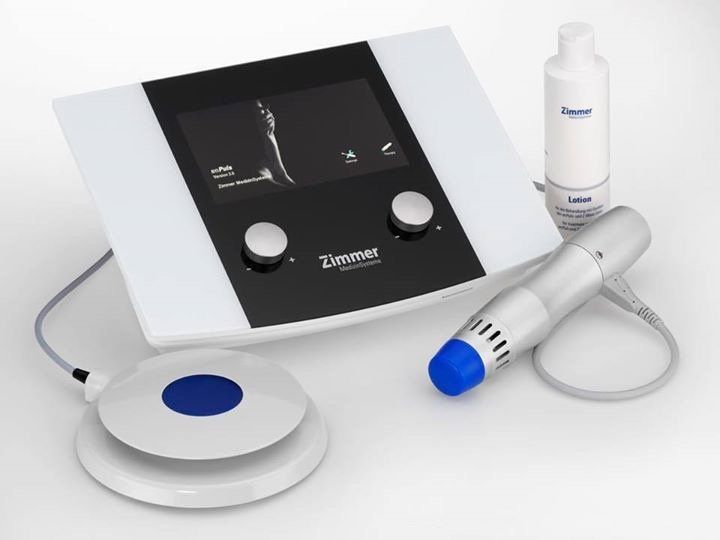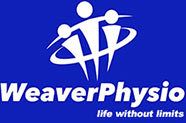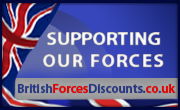Cheshire Shockwave Therapy Specialists

WHAT IS SHOCKWAVE THERAPY?
Shockwave therapy uses a physically generated sound wave, utilising technology with a compressor and applicator. It is not an electric shock that’s given, as the name may suggest. The sound waves are transmitted using water soluble gel into the scarred and/or calcified soft tissue and it can be a little noisy.
RSWT (radial shock wave therapy) has been well researched and can be effective for chronic conditions, those over 3 months old, that have been unsuccessfully treated conservatively. RSWT may help you delay or avoid surgery, when this seems like your only option, as with all surgery there are invasive risks and possible complications.
Over the past several years there have been many articles and abstracts published regarding the effectiveness of RSWT, and has been clinically proven to have high success rates and is recommended by NICE.
HOW DOES SHOCKWAVE THERAPY WORK?
RSWT delivers high energy acoustic impulses, targeted to specific damaged tissues. The shockwave is delivered via spherical `radial` waves of compressed air exerted by the hand piece, these are pneumatic energy pulses and are administered over short periods of time. This force penetrates tissue and stimulates cells in the body which are responsible for connective tissue (fibroblast) and bone (osteoblast) healing. The treatment starts an inflammation-like process in the area being targeted. This in turn stimulates metabolism and blood circulation, enabling damaged tissue to regenerate and eventually heal. It aids cell regeneration and decreases local factors which can cause pain. The shock waves break down injured and calcified tissue. The treatment relieves pain by producing an analgesic effect on the area. Healing occurs over several treatments by initiating an inflammatory response and ultimately vascularisation to the area.
WHAT CAN IT BE USED FOR?
Shockwave therapy can be used for a wide variety of sports injuries and musculoskeletal conditions and particularly those involving the areas of the body where connective tissues attaches to the bone. For example:
• Plantar Fasciitis and heel spurs
• Achilles tendonitis
• Patellar tendonitis
• Shin pain/splints
• Rotator cuff tendonitis and calcification
• Trochanteric bursitis (hip)
• Tennis elbow and Golfers elbow
• Muscles- various trigger points and tension
• Bones- non-union stress fractures
Any side effects may come and go within 3-5 days. Mild side effects may include:
• Redness
• Swelling
• Pain
• Haematoma (bruising)
• Petechiae (red spots)
What happens during a treatment session?
As with all treatments a comprehensive assessment by your physiotherapist will determine if you are a prime candidate for shock wave therapy.
Gel is applied to the skin as this improves the contact between the skin and the hand piece to allow the shockwaves to penetrate the body properly.
The hand piece is placed on the area to be treated and the shock waves are released. This is generally painless but can be a little uncomfortable. The first treatment will typically start with a low level of intensity and then gradually increased to a point where you still feel comfortable. The shockwave treatment will be used in conjunction with physiotherapy, rehabilitation and exercise.
How long are the sessions and how many will you need?
The shockwave session itself will last around 20 minutes. Most conditions need 3-5 sessions to complete the course of treatment and give the best possible outcome. These should, ideally, be 4-7 days apart. Significant clinical benefit can be seen 6-8 weeks after treatment. Your therapist will discuss the amount they feel you need before you start any treatment plan.
What should you expect after treatment?
Immediately after your treatment you will experience a reduced level of pain or no pain at all. A mild and more diffuse pain may occur a few hours later and can last a day or so. If necessary you may take non-prescriptive pain killers, for example Paracetamol, But its not advised to take any anti-inflammatory medication or use ice on the area as this will interfere with the healing process.
How successful is shockwave therapy?
Over 80% of patients report a significant reduction in pain after only 2-3 sessions
90% improvement for Plantar Fasciitis (journal of Orthopaedic research 2005)
91% improvement for calcific tendonitis (journal of American Medical Association 2003)
77% improvement for tennis elbow (journal of Orthopaedics, 2005)
No anaesthesia is required and you can continue normal activities (you may need to refrain from high impact activities whilst having treatment)
Minimal reported side effects
Significant clinical benefit can be seen 6-8 weeks after treatment and the entire healing process can take 10-12 weeks but resulting in rejuvenated tissues that are not as easily injured as before.



